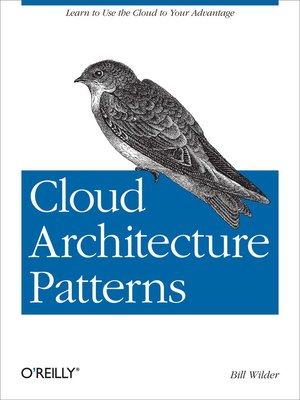
Sign up to save your library
With an OverDrive account, you can save your favorite libraries for at-a-glance information about availability. Find out more about OverDrive accounts.
Find this title in Libby, the library reading app by OverDrive.



Search for a digital library with this title
Title found at these libraries:
| Library Name | Distance |
|---|---|
| Loading... |
If your team is investigating ways to design applications for the cloud, this concise book introduces 11 architecture patterns that can help you take advantage of several cloud-platform services. You'll learn how each of these platform-agnostic patterns work, when they might be useful in the cloud, and what impact they'll have on your application architecture. You'll also see an example of each pattern applied to an application built with Windows Azure.
The patterns are organized into four major topics, such as scalability and eventual consistency, and primer chapters provide background on each topic. With the information in this book, you'll be able to make informed decisions for designing effective cloud-native applications, where cloud-native applications maximize the value of cloud services while also paying attention to user experience and operational efficiency.
Learn about architectural patterns for:







